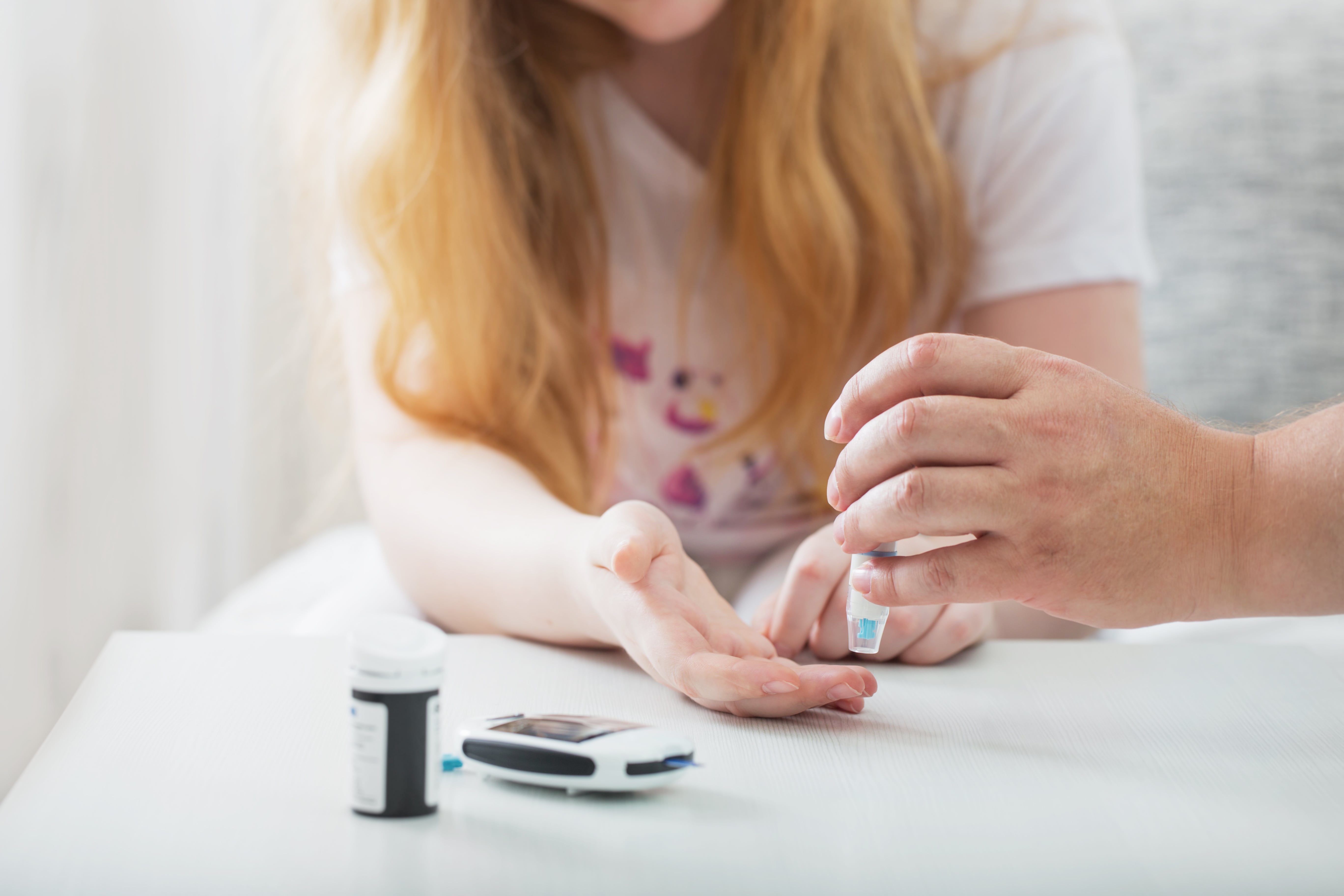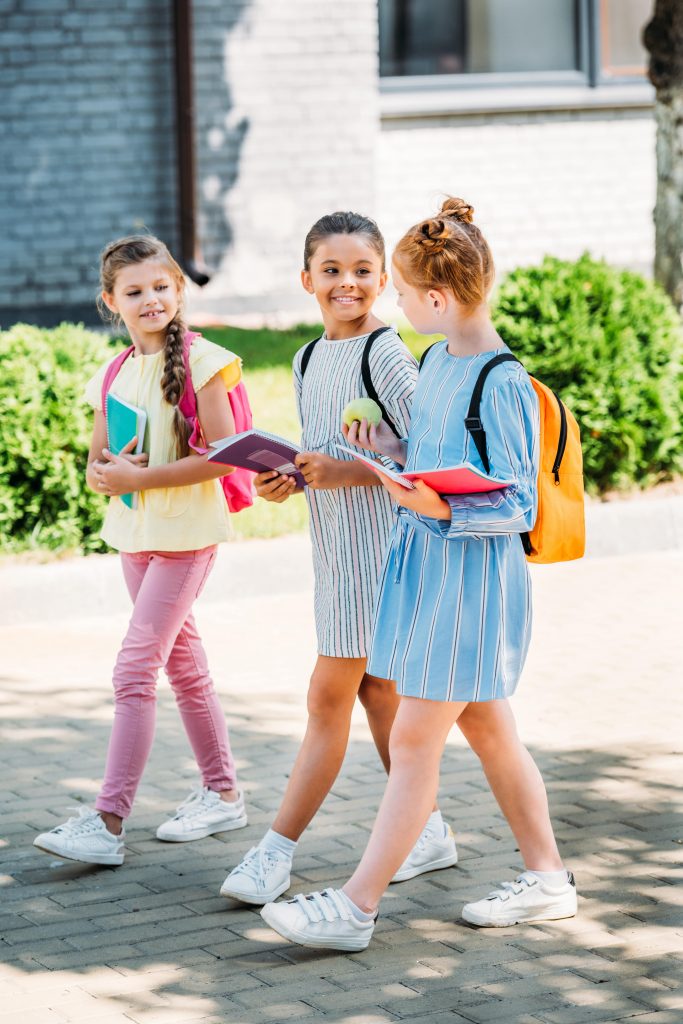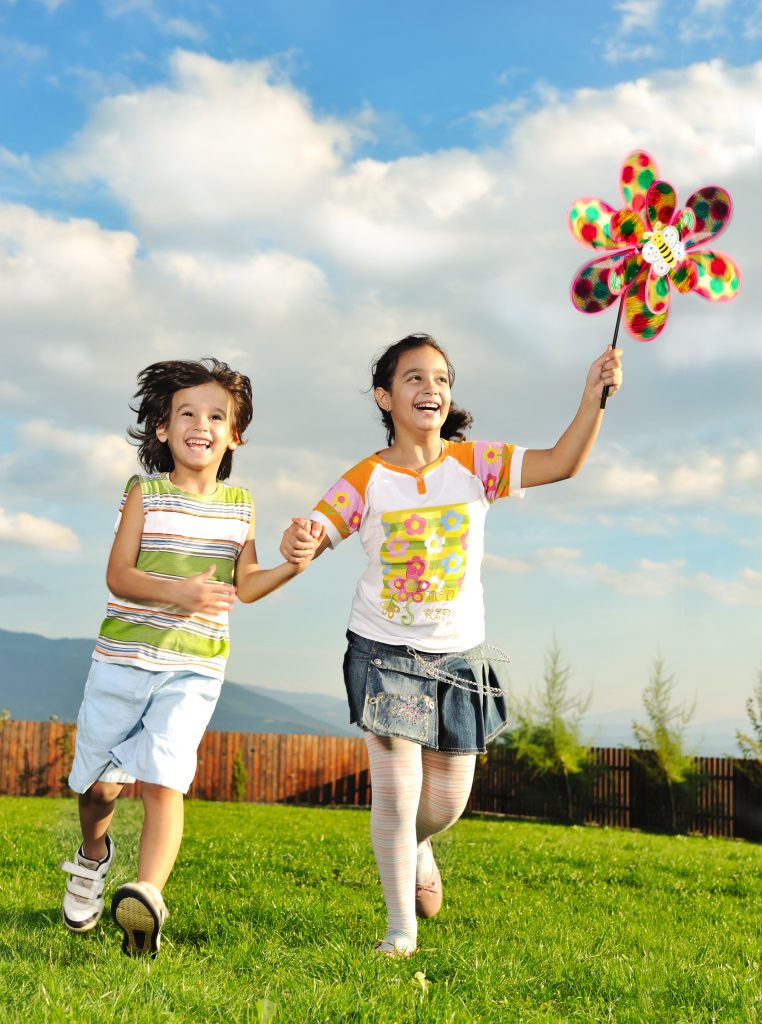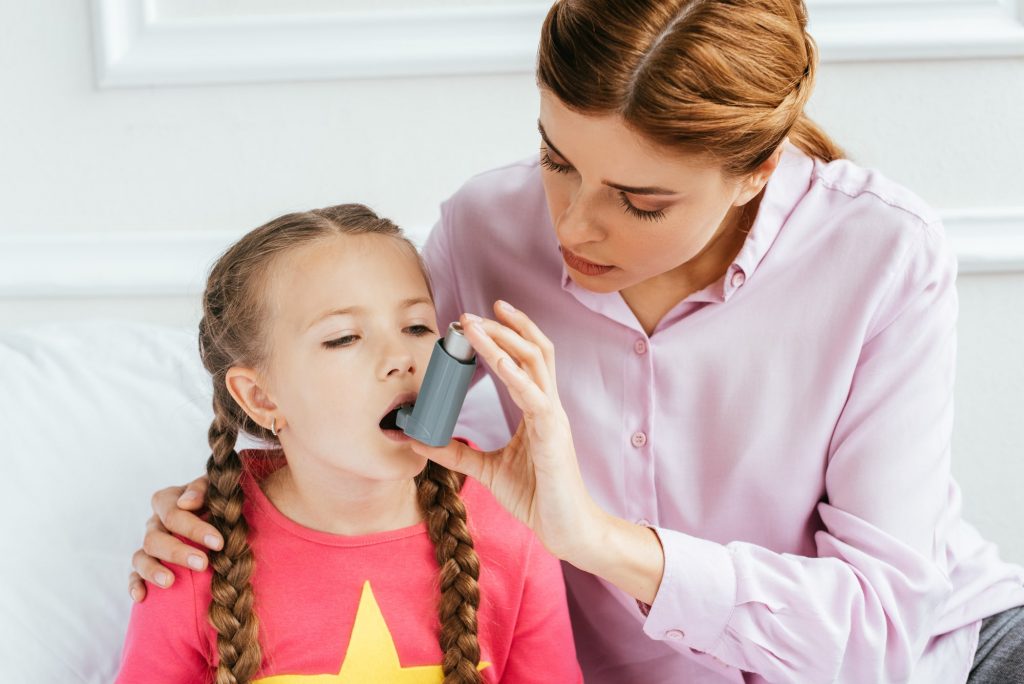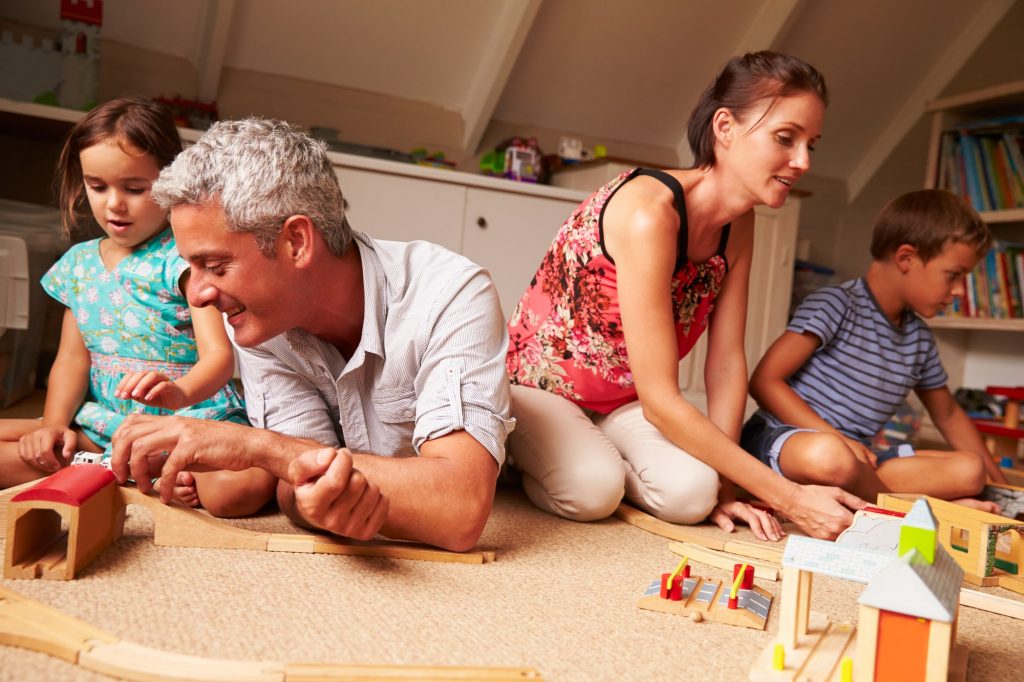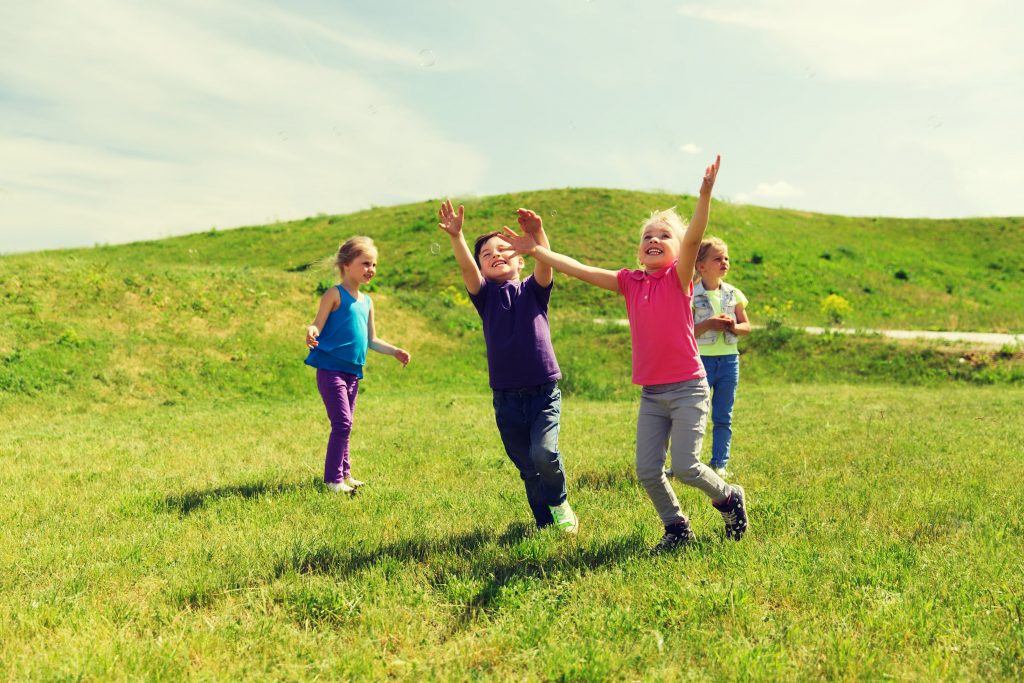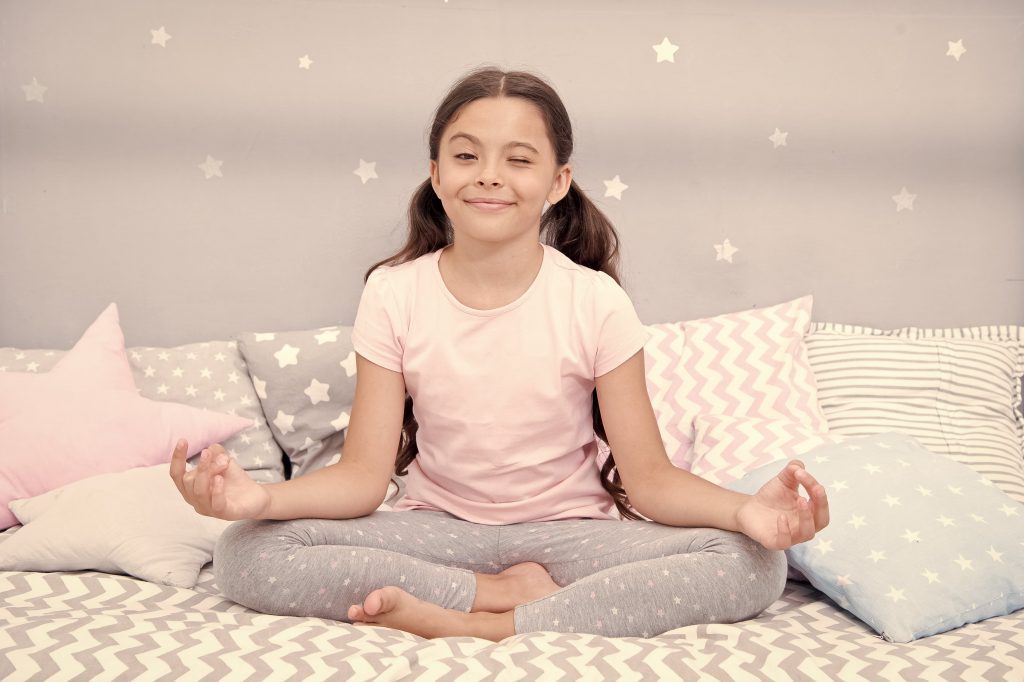It’s no surprise that most people in the developed world have a cell phone or some type of device and that number keeps growing. It’s no wonder that these devices are having harmful affects on kids. Experts suggest that tablets and smartphones can have an impact on children’s social and emotional development. A study done in 2016 involving 1240 parents found that 50% of teens felt addicted to their smartphone. 59% of parents believe that their kids were addicted to their devices. 77% of parents feel their kids get distracted and lose attention. 72% of teens feel they need to respond to texts/social media immediately. 78% of teens check their devices at least hourly.
Physical Changes
When someone is looking down at their phone, their spine angle is equivalent to that of an 8-year-old child sitting on their neck which is fairly significant considering that people spend an average of 4.7 hours a day looking at their phone. This combined with the length of time spent in front of computers has led to increase in the prevalence of myopia or near-sightedness in North America. In the 1970’s about ¼ of the population had myopia whereas today nearly half of the population does. In some parts of Asia, 80-90% of the population has myopia.
Addiction
Cell phone addictions are similar to drug addictions in that they do influence the size and shape of the brain, particularly in the area of the brain called the grey matter. The insular and the temporal cortex, which is involved with emotion, speech, hearing, sight, memory, and self control are affected. When playing games, one achieves small goals causing their brain to be rewarded with small bursts of dopamine and winning more games is rewarded with more content. This novelty also gives bursts of dopamine and together creates what is known as a compulsion loop which happens to be the same loop responsible for the behaviours associated with nicotine and cocaine. Our brains are hardwired to make us novelty seeking. This is why apps on our phones are designed to constantly provide us with new content making them hard to put down. As a result, 93% of young people aged 18 – 29 reports using their phone as a tool to avoid boredom as opposed to other activities like reading a book or engaging with people around them. This has created a new term called no mobile phobia – the fear or anxiety of being without your phone.
Changes in the Brain
We also see a change in brain patterns. Alpha rhythms are commonly associated with wakeful relaxation, like when your mind wanders off. Whereas gamma waves are associated with conscious attentiveness. Experiments have shown that when a cell phone is transmitting, like during a phone call, the power of the alpha waves is significantly boosted, meaning phone transmissions can change the way our brain functions.
Sleep Disruption
Cell phones can also disrupt your sleep. A lot of people experience insomnia and fatigue because of cell phone use. Blue light from these devices affects melatonin levels which will affect sleep. Blue light will also affect the circadian rhythm and therefore negatively affect your sleep. This lack of sleep has been linked to diabetes, cancer, and obesity.
EMF Radiation
EMF radiation affects the brain and heart mainly, but it affects other areas of the body as well. It can even affect fertility. The problem, at this time, is that there is not a lot of safety testing.
How can we reduce the effects of EMF?
- Avoid contact with your brain. Try not to hold the phone up to your head. You can use anti-radiation air tube headphones with a microphone and also use the speaker phone as much as possible.
- Don’t use your phone 2-3 hours before bed.
- Get EMF protection case to limit the amount of EMF exposure.
Check out this in depth list of preventative measures https://familyhealthadvocacy.com/emf-radiation/
As a retired registered massage therapist, I’ve always been interested in health. I grew up loving sports so that carried into my adult life in my chosen career paths and in my personal life. I now stay active with weight training, hiking and biking. My professional life has always been in health care. This has inspired me to seek out and adopt a life of natural health and wellness.





 Vitamin D supplements: You can purchase Vitamin D supplements at your local grocery store or pharmacy. They come in a pill form that you can take every morning to help increase and regulate mood. Ideally your levels should be at 40-60 mg/ml year round.
Vitamin D supplements: You can purchase Vitamin D supplements at your local grocery store or pharmacy. They come in a pill form that you can take every morning to help increase and regulate mood. Ideally your levels should be at 40-60 mg/ml year round. Increase Vitamin D in your diet: Try to incorporate more vitamin D-rich foods into your everyday meals, such as fish oil, milk, egg yolks, mushrooms and vitamin-d fortified foods.
Increase Vitamin D in your diet: Try to incorporate more vitamin D-rich foods into your everyday meals, such as fish oil, milk, egg yolks, mushrooms and vitamin-d fortified foods.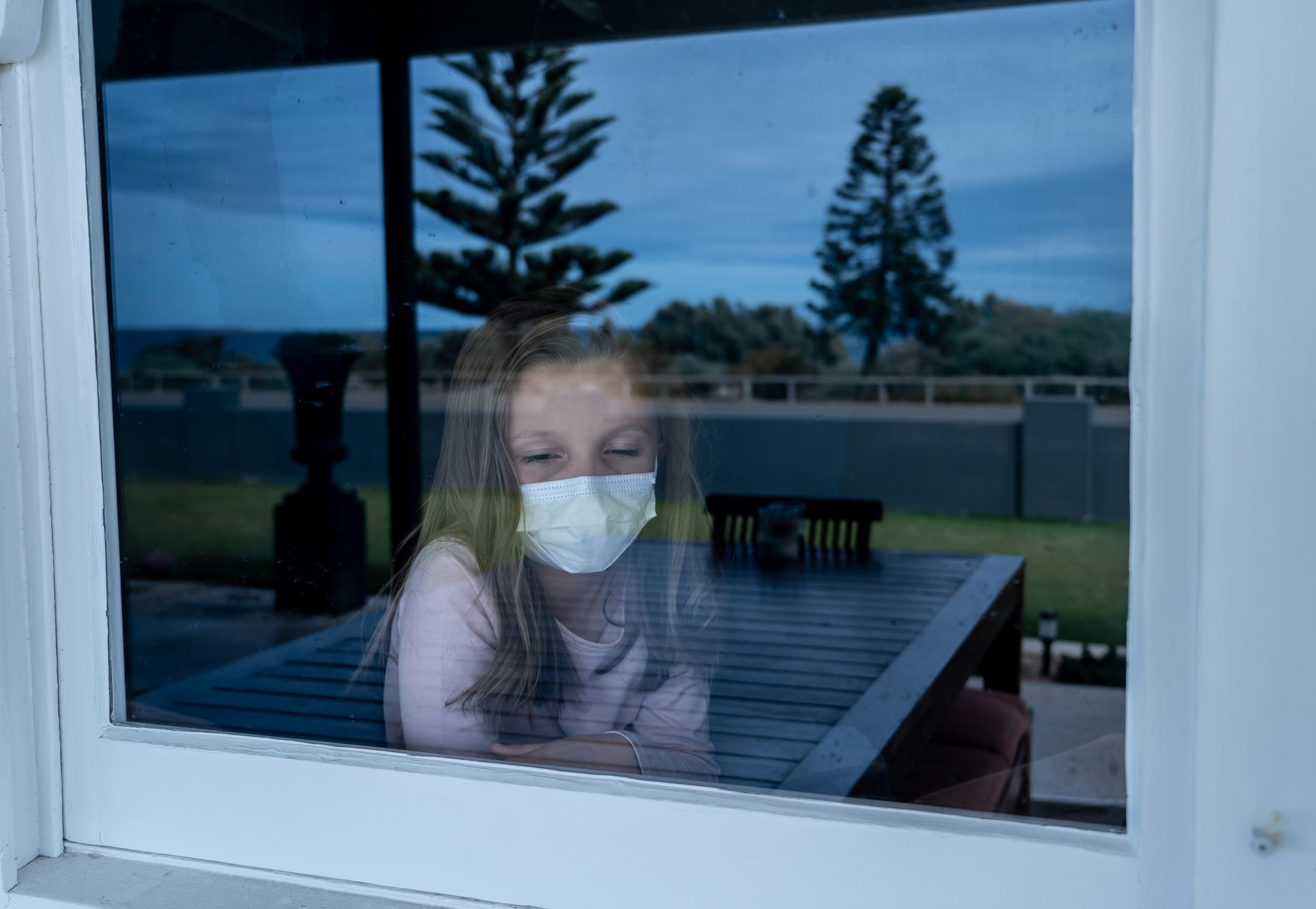
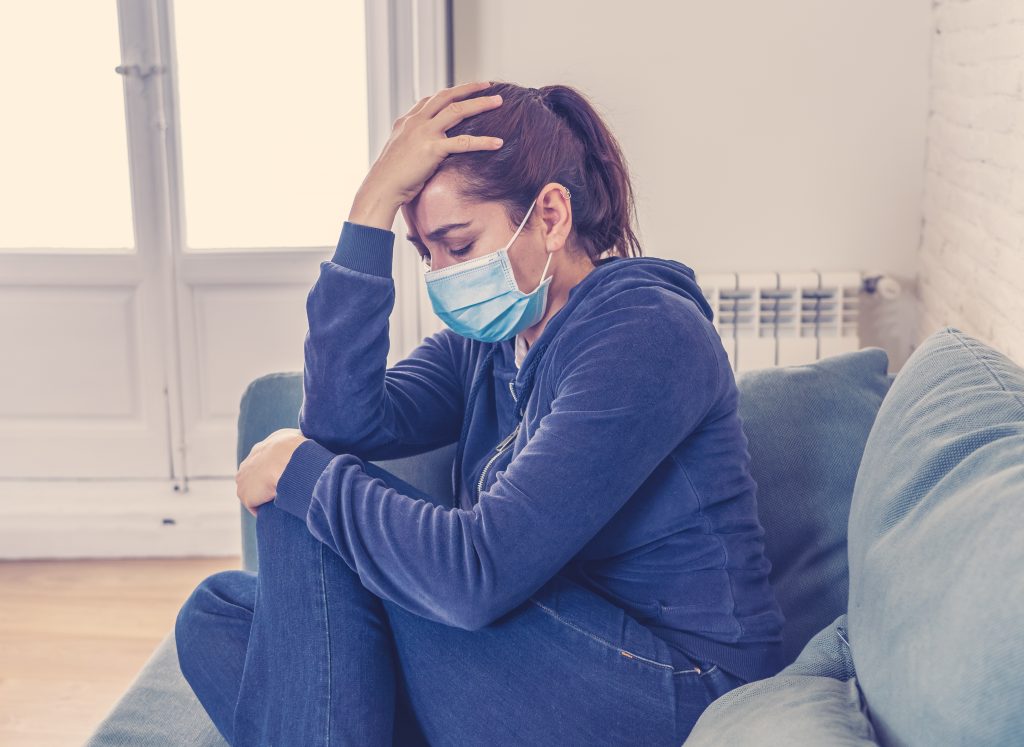
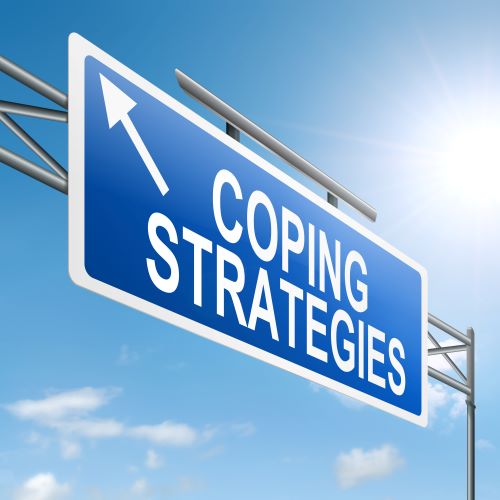 never underestimate the power of physical activity on our
never underestimate the power of physical activity on our 






